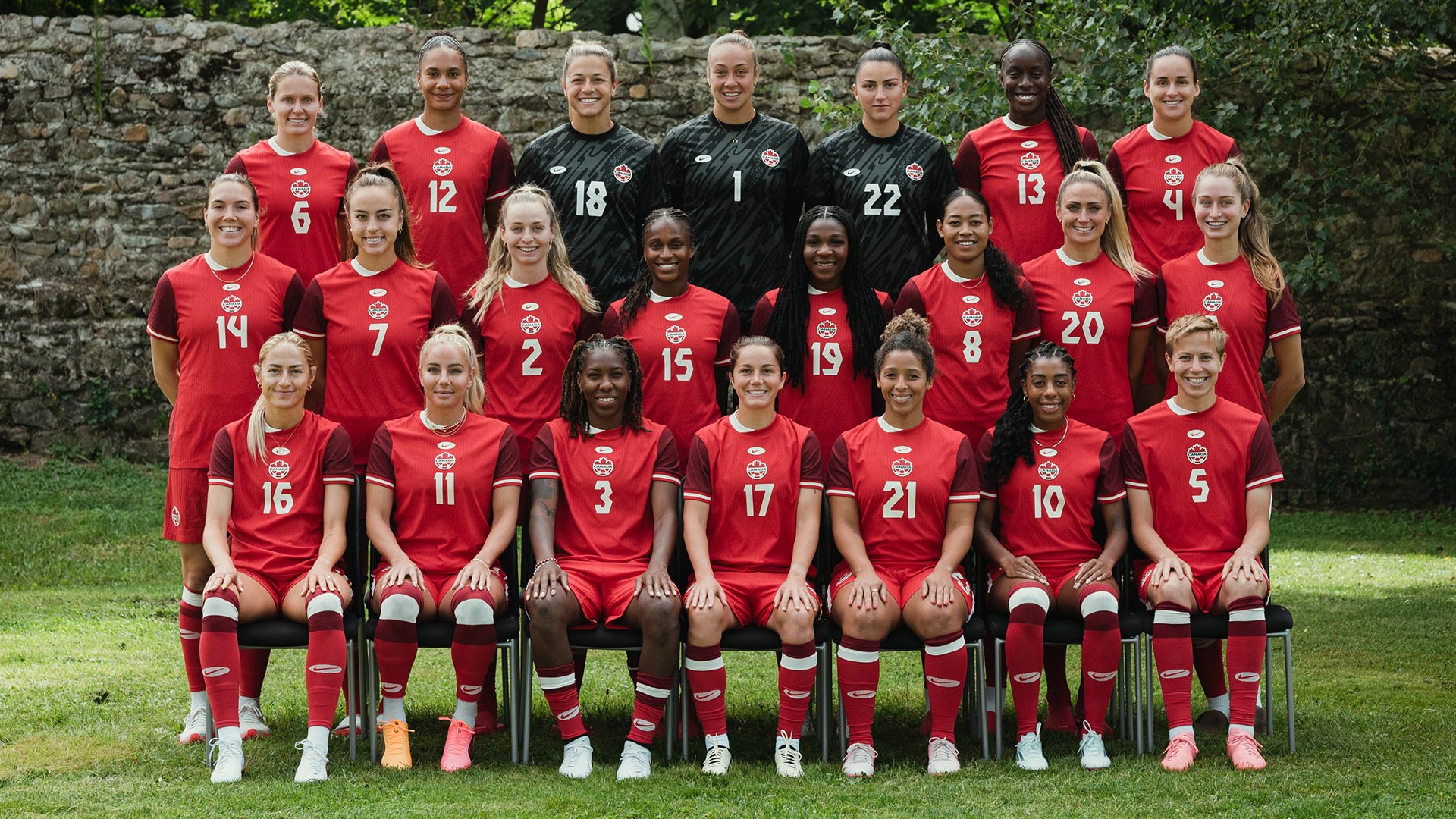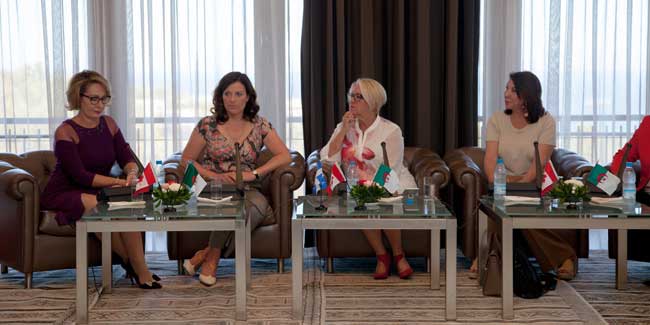I’ve been trying to figure out if there’s a common point in the hundreds of abuses of all kinds that have surfaced in multiple sports across the country in recent years. The list is starting to get long. Rather than pointing the finger at anyone, I would like to suggest a possible solution.
Of course, there is no silver bullet, but you have to start somewhere.
This week, Hockey Canada confirmed an old theory by my B210 co-founder, JD Miller, that the vast majority of problems in federated sports stem from poor governance.
That’s why, following the public release of an alpine ski coach’s victims in 2018, discussions began between our organization and the Canadian Olympic Committee (COC) to introduce a new governance code for Canadian sport.
A lot of work has been done. We first took the time to examine what is being done better (and worse) elsewhere in the world. England had done the same and published the UK Code for Sports Governance in 2016. Several experts agree that this is the best example there is. It served as inspiration for building the Canadian version.
I have to put you to sleep when I talk about governance, but please stay with me! Worst-case scenario, think of Andrea Skinner, interim chairwoman of the Hockey Canada board, who appeared before Parliament this week and made a statement HAS
for the performance of its Managing Director (Scott Smith) in managing this crisis. Does mustard get in your nose? Me too, so let’s move on because it’s too important.
The COC, including its Chief Athletic Officer, Eric Myles, began implementing this new code in 2019 with the goal of quickly adopting it by all national bodies across the country. Consultations were organized in 2020 and the document was not unanimously adopted by the associations.
But the suggestions were strikingly obvious.
Hockey Canada allows us to clearly define what elements impede good governance: opacity, collusion, dependency and homogeneity. On the contrary, here are the rules of good governance, which I believe are fundamental.
- Transparency: CAs must enforce it across the organization to avoid shenanigans.
- Independence: At least 40% of the directors must be independent. This term means that a director has no fiduciary obligation to any body for the relevant sport at the national or provincial level. Besides is
independently
the Administrator who does not receive any material benefit, direct or indirect, from any such party and who is free from any conflict of interest of a financial, personal or representative nature. - The number: between 5 and 15 members, ideally 7. Too large a council lacks effectiveness; Conversely, too small a committee could have too much power.
- Diversity: No more than 60% of directors should be of the same gender. It is important to ensure good diversity to provide greater divergence of views.
- The Presidency: The Board of Directors must elect its own President because it is in the best position to determine who should fill this position.
- Athlete Representation: The presence of athletes on the Board of Directors is strongly encouraged. Any organization that does not have an athlete representative on its board must appoint at least one observer.
- Term of office: This should not exceed nine years in total to ensure the emergence of new perspectives and to reduce the likelihood of collusion at the table. The mandate should be renewable at most every four years.
It’s easy, isn’t it? There are several other rules in this code, but the document of about ten pages is concise and of the most effective simplicity.
Recognizing that there will be an adjustment period and that some legal costs will result from these changes, the COC is offering a grant to help sports federations cover some of the costs. how do you say no
When changes like these are made, the sport admin community needs to be educated on what constitutes good governance. Here, too, the COC takes its role seriously. He has developed a course on governance in collaboration with the Smith School of Business at Queen’s University.
I am registered for this course, which started a few weeks ago with almost 200 participants. An impressive number that shows that people in the sports world take the issue to heart and want lasting change.
You’re probably wondering how this code of governance could have mitigated the crisis Hockey Canada is going through. Well, in many ways. For example, only one in nine board members doesn’t have deep hockey roots (as far as I know). It then becomes very easy to create a culture of a friend is a friend
which can lead to haze and omerta. This situation has allowed leaders to put in place a sexual abuse protection system over the years where the board would have turned a blind eye to protect the organization and its friends.
Good governance would have done just the opposite, holding the people who put the system in place accountable for their actions.
After the code is created and people are educated, I believe Sport Canada should add its adoption to the list of requirements to be eligible for federal sports funding.
The government of Canada now has enough reason to act. If he doesn’t, we risk hearing about these problems for a long time.

Incurable food practitioner. Tv lover. Award-winning social media maven. Internet guru. Travel aficionado.





;Composite=(type=URL,url=https://images.radio-canada.ca/v1/assets/elements/16x9/outdated-content-2013.png),gravity=SouthEast,placement=Over,location=(0,0),scale=1)

